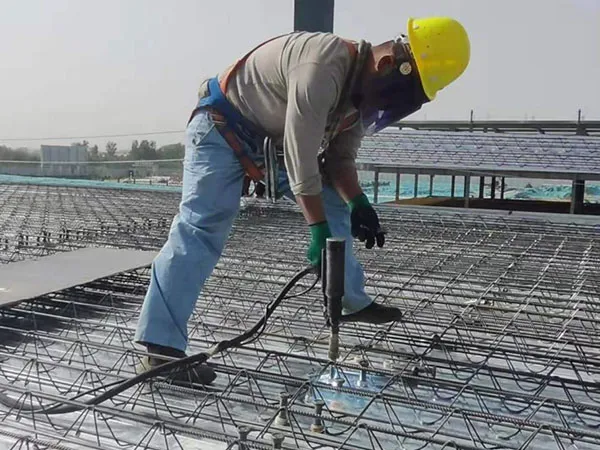Time:2025-11-08 15:50:43 Source:Sanjian Meichen Steel Structure
Industrial steel structure warehouses have become the backbone of modern logistics, manufacturing, and storage operations. Their durability, flexibility, and cost-effectiveness make them a preferred choice for businesses worldwide. Designing and constructing an industrial steel structure warehouse requires careful planning, strategic material selection, and compliance with safety regulations. This guide provides actionable insights for building a warehouse that is efficient, durable, and future-ready.

Function and Layout: Define the primary purpose of your warehouse—whether for storage, production, or logistics. Plan a layout that optimizes workflow, storage space, and accessibility. Include dedicated zones for loading and unloading, pallet racking systems, and operational areas.
Structural Integrity: Steel frames offer exceptional strength-to-weight ratios, allowing for large spans and open layouts. Engineers should evaluate load-bearing capacity, roof type, column spacing, and resistance to environmental stresses like wind, snow, or seismic activity.
Energy Efficiency: Maximize natural lighting with skylights, choose energy-efficient insulation materials, and design effective ventilation systems. These measures reduce energy costs and improve working conditions inside the warehouse.
Constructing a reliable industrial steel structure warehouse involves a systematic process:
Foundation Preparation: Lay a reinforced concrete foundation to support heavy steel frames and ensure long-term stability.
Steel Frame Installation: Prefabricated steel components are assembled on-site using cranes and high-strength bolting techniques. Precision during assembly is crucial for structural safety.
Roofing and Wall Panels: Install lightweight steel panels, sandwich panels, or corrugated sheets to provide durability, weather resistance, and thermal insulation.
Interior Finishing: Include doors, windows, partitions, and integrate electrical and plumbing systems. Install fire safety equipment and other operational necessities according to design requirements.
Material selection is critical for the longevity and performance of your warehouse:
Structural Steel: Use high-quality, galvanized steel to prevent corrosion and ensure durability.
Roof and Wall Panels: Select insulated panels for thermal efficiency and weather protection.
Fasteners and Connectors: Opt for high-strength, corrosion-resistant bolts and connectors to maintain structural integrity.

Regular maintenance ensures a safe and long-lasting warehouse environment:
Routine Inspections: Check structural joints, roof panels, and wall connections for wear, rust, or damage.
Load Management: Avoid overloading racks or steel frames to prevent structural failure.
Fire Safety: Install fire alarms, sprinklers, and clearly marked emergency exits. Consider flame-retardant coatings for steel surfaces.
Cleaning and Ventilation: Keep the warehouse clean and maintain proper airflow to reduce humidity and prevent corrosion.
Building an industrial steel structure warehouse is a long-term investment that supports operational efficiency and business growth. By carefully planning the design, selecting high-quality materials, and prioritizing safety and maintenance, companies can ensure a durable, cost-effective, and highly functional warehouse.